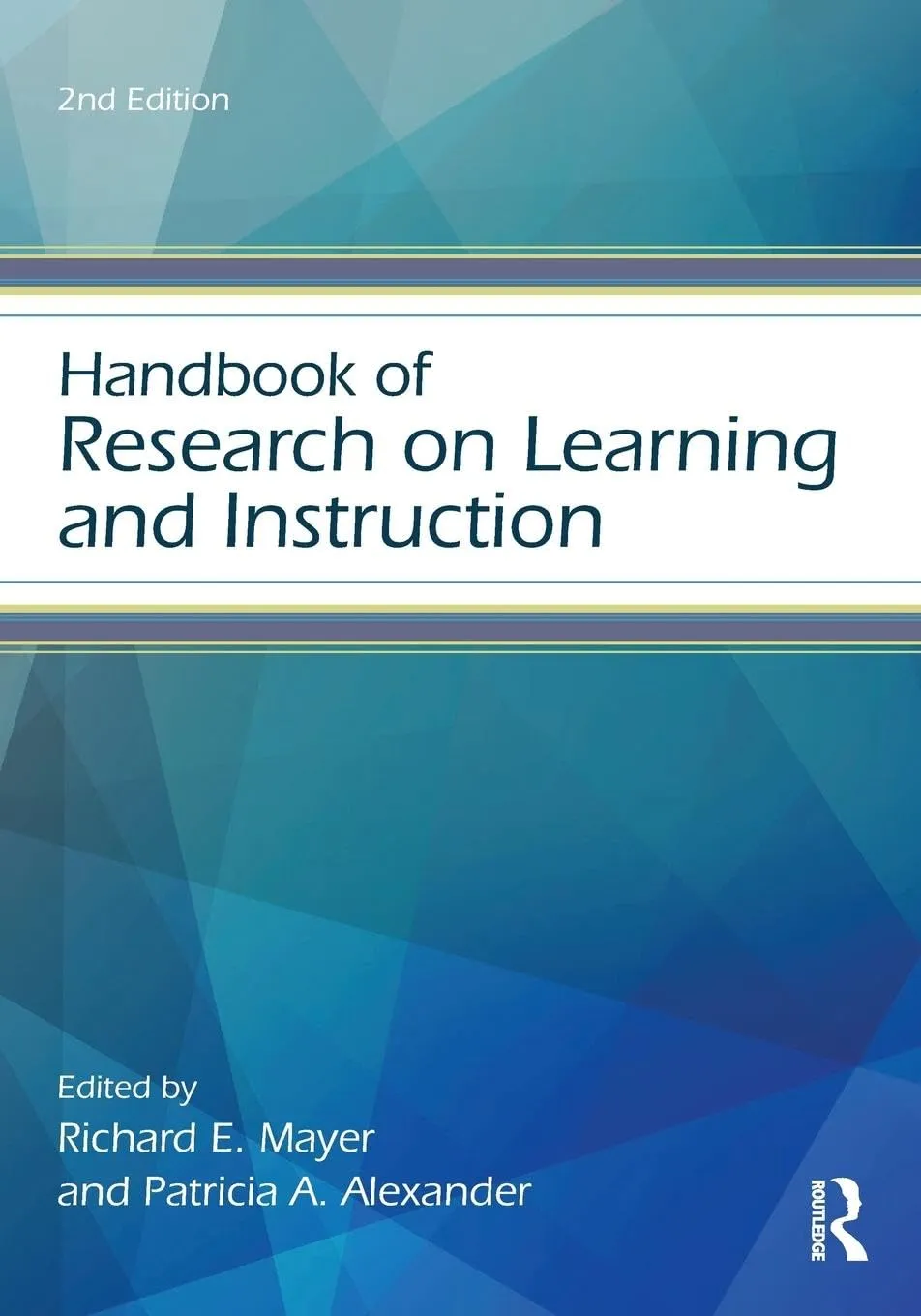Personalizing
Learning Experiences
Chapter Coauthor
Adaptive Learning Technologies
Translating research on
adaptive learning technologies
into principles of instructional design for personalized learning.
